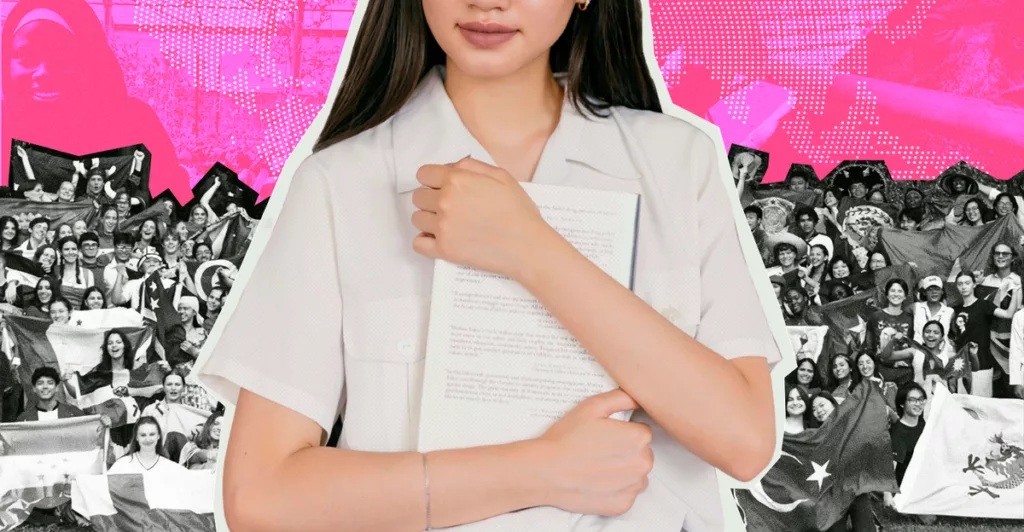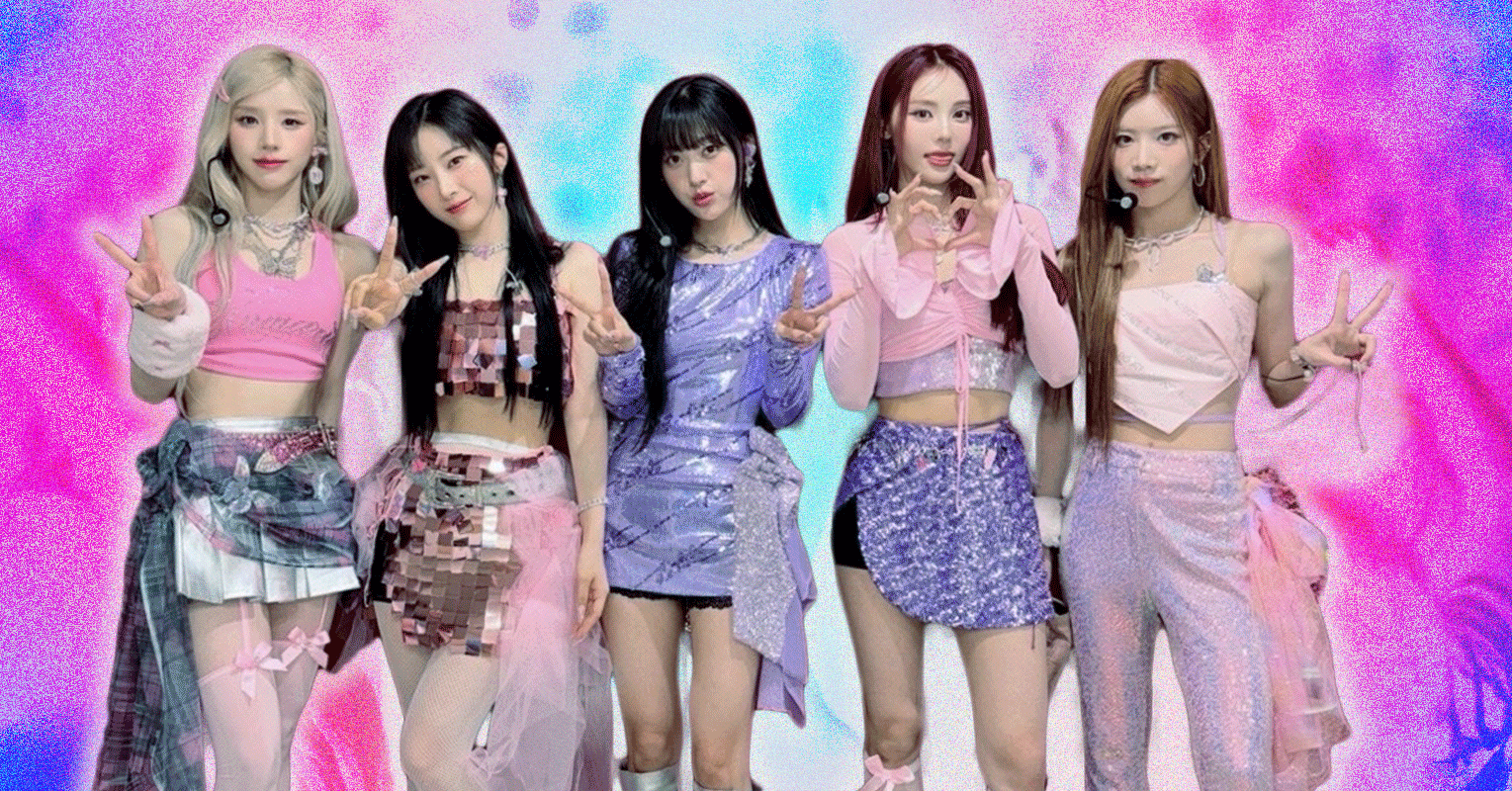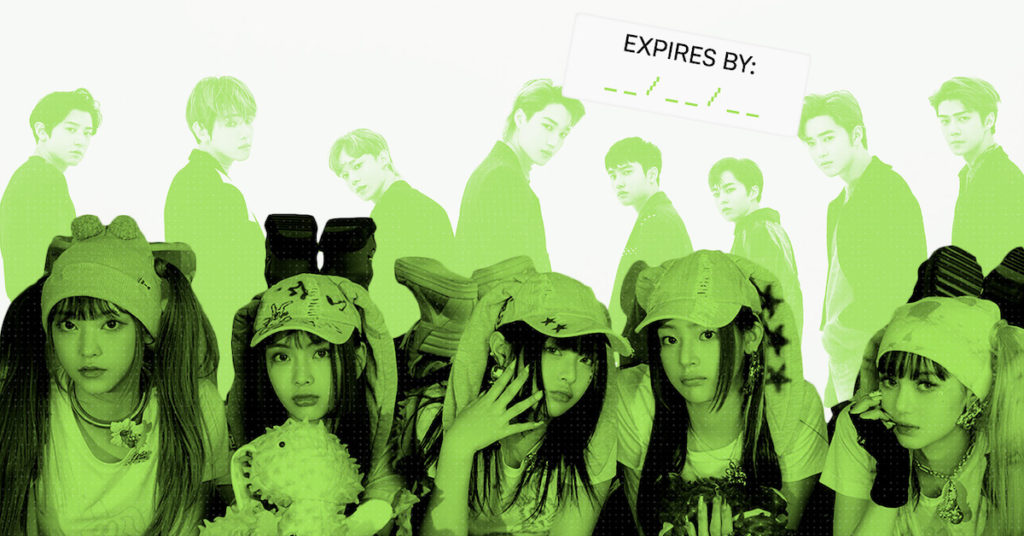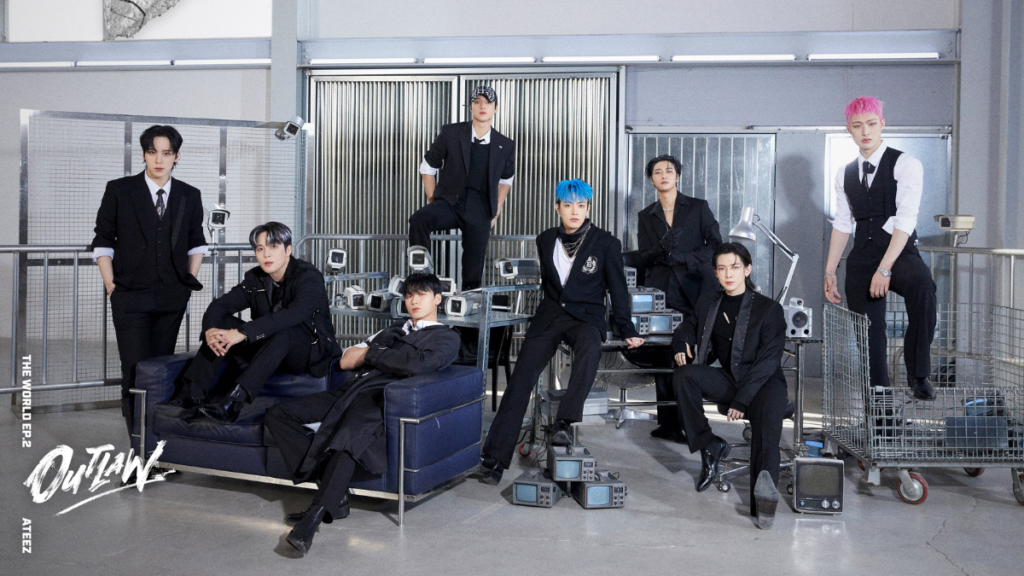Eurocentrically International?: Diving Into the International School Experience

According to The International Educator, schools are considered to be international when “the school generally follows a national or international curriculum different from that of the host country.” It’s an idealized, romanticized framework of education where the institution touts its emphasis on global citizenship, intercultural understanding, and diversity. As seen on the website of one of the most well-known international school networks, United World Colleges, international institutions are where students “learn the empathy that enabled them to listen, and consider other perspectives, even if they were very different to their own.”
However, despite 57% of international schools existing in Asia, research shows that 90% of international schools use English as the primary language of instruction. As of 2023, 77% of international schools center their academic frameworks around Western curriculums like the International Baccalaureate (IB). Founded in Switzerland, the IB was developed to allow children of expats to have a seamless education despite their constant traveling. The IB’s target audience eventually expanded beyond the expat class to the local populations of each country, with globalization fuelling the appeal of obtaining an international education.
Yet, many others — myself included — have come to realize that the International Baccalaureate is not as “international” as it claims. From an all-English curriculum to high barriers to entry, you cannot help but question the paradoxical positioning of international schools and the authenticity behind their relentless chants of global citizenship and diversity.
Eurocentrically International
“People who have English as their second language faced disproportionate difficulties in doing the IB, which requires really high English proficiency,” said Mira, previously a student at UWC Atlantic, the first International School to adopt the IB curriculum.
Although the IB actively encourages multilingualism by requiring that all students take two language courses to earn their diploma, it also requires an analytical essay for all six subjects (Internal Assessment) and a 4000-word Extended Essay to graduate. Writing seven in-depth academic essays over the course of two years in a second language is no small feat, and to make matters worse, part of your grade is dependent on the way you use English to craft the argument.
Personally, I considered it ironic that my history classes focused mostly on the minute details of the World Wars when most of us hailed from areas colonized by the exact countries we racked our brains over. Yet, our own colonial histories were given two paragraphs in a textbook and a short answer question on the final paper. Even as we studied Asian history for two weeks, a majority of the secondary sources came from European historians.
In her Medium article, Jane Chan describes how she learned more about the Renaissance era than the ancient Chinese dynasties. “I had grown up in an updated form of unintended white supremacy,” Chan wrote. “Though it was well-intentioned, it was incredibly regrettable. What my education had given me was apathy towards Asia, China, and Hong Kong.”
However, compared to other curriculums used by International Schools like the Associated Press (AP) or A levels, the IB still has an explicit emphasis on International Education. “While I agree that international schools are very much Western influenced, there is some nuance – I think the IB learner profile traits do foster some kind of open mindedness that makes us well-rounded,” said Charlotte, who attended an IB school in Shanghai.
“I want to give credit to it as well; I would call it international because it is in so many countries, but I wouldn’t say that it’s not Eurocentric,” Mira added. The unique geographical location of many international schools also inherently curates a multicultural environment. For Katia, who attended an IB school in Hong Kong, the school’s unique emphasis on both Western and Eastern culture allowed for almost “a third identity.”
“This third identity entails the best parts of Western culture and the best parts of Eastern culture,” she explained. “A lot of us have the privilege and liberty to be the individualist in our very collectivist communities. We have a very unique place as international kids.”
Hiring Decisions: From Top to Bottom
The Eurocentric accusations also come from the way the curriculum is executed: through teachers. According to Bloomberg, “it has been an open secret in the industry for decades that parents, and therefore schools, demand Caucasian teachers and administrators.” The president of the teaching agency later responded and denied those accusations, stating that those are assessments of a candidate’s “hireability,” and notes that certain schools request for “white-only candidates.”
The same article reveals how multiple employees from an international teaching recruitment agency had to classify teaching candidates through levels, with Level 1 for “white.” The president of the teaching agency later denied this accusation, yet confirmed that many schools explicitly advertise for caucasian candidates to apply. “White only,” reads a recent one for a school in China. Another, for a Saudi school, states, “Must – Native American (Fair and Blonde).”
In her article, international school teacher Proserpina shares that “many schools would rather take a white Ukrainian passport holder over a Black American or Canadian.” She questions if international schools really help to prepare students to navigate the globalized world, if the schools themselves are not seeking to represent a diverse staff body.
In a study on representation across Western International Branch Campuses, researchers discovered that whiteness is often synonymous with futurity and “world-class education,” consequently presenting Western knowledge as “international.” The study particularly focused on Wenzhou-Kean University (WKU), where most visual advertisements of the institution studied depict white faculty teaching students. Brochures also placed emphasis on their Western-style curriculum and staff, insinuating the superiority of those teaching styles while “[invalidating] Chinese knowledge, people, and culture.”
In this Medium article, an anonymous response to the teacher’s survey stated that “Black teachers feel undermined, especially the [Teaching Assistants], many of whom are highly qualified but see no future in the school.” There is an ironic and microcosmic feature on the WKU’s brochure: next to flowery, adorned phrases of “multiculturalism” and “global citizenship” are promotional photos of staff hired through a process that breeds systematic racism.
Immersion: The fine line between authenticity and performativity
The immersive global experience is another factor exclusive to international schools. Be it school trips, global friendships, or living in different cultures, international students are part of unique academic experiences. For Mira, this allowed her to better humanize many global issues. “You’re immersed and get a nuanced understanding of what is happening in the world because your peers are going through it,” she described. Rooming with three peers, who each came from a different continent, made her realize that “any differences [they] may have are next to nothing when you actually come together and share a space.” My own experiences with an annual “culture” trip to different areas of my host country also encouraged students to converse with locals and engage in traditional activities.
Katia explains how her school had “Project Weeks,” where they travel to developing countries such as Nepal. “We looked at social issues from an outsider lens. When we visited [local Nepalese] schools, there was a very heavy emphasis on ‘We’re not helping them. We’re just exploring and learning,’” she pointed out. “The price we paid [for the trip] could have been used to support their schools’ infrastructure.”
Immersion: Paywalled Diversity
International schools’ target audiences are primarily children of expats or children of locals who want to send their children abroad for university. Additionally, high prices come with the resources many schools have to import, so there is no surprise that an international school is expensive to run and to attend. “I think there’s a certain perception the world has of international school students – spoiled, privileged, going on holidays three times a school year,” Charlotte told EnVi.
In a database that breaks down international school fees from cities around the world, more than half of the cities researched have a median price of five digits in US dollars. “A lot of IB schools have extremely high school fees – if the IB wants to become less elitist, it needs to eliminate that barrier of high cost,” said Mira. However, she mentions her school counters those barriers by providing scholarships to students from all over the world.
Journey To the West – A carved out pipeline?
With many international schools echoing the educational systems and values of the West, a majority of students end up in the United States or Europe for higher education. “An overall goal of UWC and IB is to prepare the leaders of tomorrow and allow them to return to their home countries to apply their learnt skills,” said Mira. “One of the pitfalls of the program is that people actually end up going to the US – because they want to learn more – instead of home, which defeats the purpose of the curriculum.”
For me, it seemed there were two main routes after graduation – the U.S. or the U.K. Sometimes, Australia or Canada are part of the equation, but my peers rarely considered countries beyond that. “It’s not like I ever actively decided on it. The Ivy League and Oxbridge are all you hear about growing up. By the time you’re sentient enough to make your own decisions, those life trajectories are already ingrained in you,” said Charlotte.
“There’s no pressure, but it is a laid out route for people who go because of the funding available for us,” mentioned Mira. UWC has a unique scholarship that provides need-based financial aid for students studying at partnered universities — all partners are US universities. It’s a different story for Katia. “If you were to study medicine or law, it’s quite likely that you’ll stay because our local institutions are way better for that and cheaper, and you get to practice without doing a conversion exam.”
In the end, the promise of international education often masks an exclusive and gated community adorned by buzzwords of “global citizenship” and “multiculturalism.” Although this is perhaps the greatest extent of internationalism any educational system can retain for now, it is hard to deny that the international schools’ perpetuation of Western-centric curriculums and hiring practices inadvertently uphold the very divisions they hope to dismantle. The truth is harsh: International education remains a privilege accessible to a select few. While diversity is celebrated on the surface, their structural foundations often echo the inequities of the broader world.
Yet, for those of us who have navigated these hallowed halls, the experience fosters awareness and responsibility. To be brought up within a system that encourages critical thinking, empathy, and global citizenship, it is only fitting and inevitable that we turn around and reassess the hypocrisy of the system that bloomed those very traits.
Interested in more analytical pieces on education and culture? Check out this creative spotlight for YouTuber AINI and her video essays on East Asian culture here!



